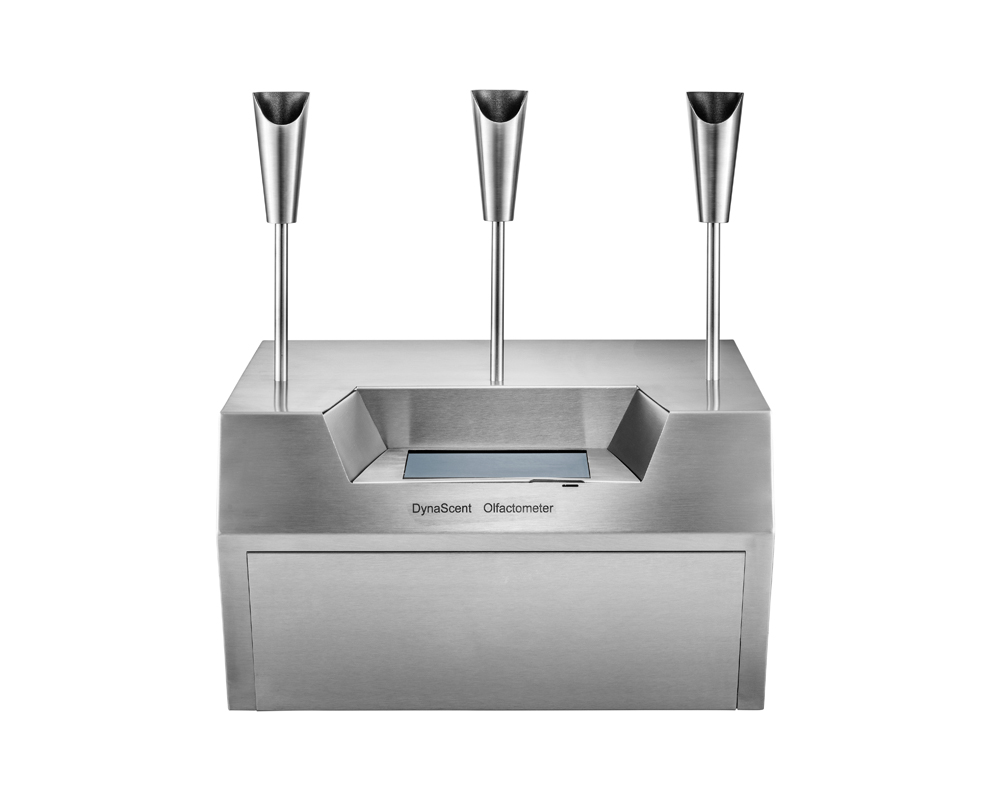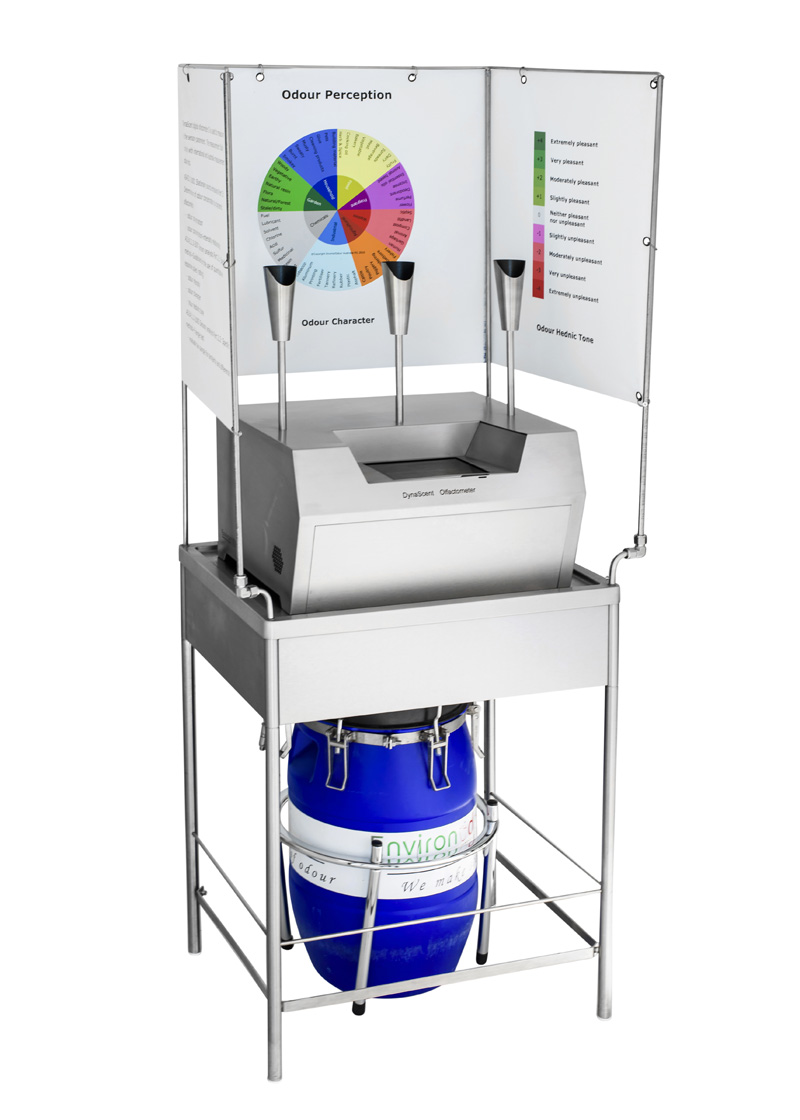Olfactometry History
"If I have seen further it is only by standing on the shoulders of giants."
--- Isaac Newton
During the 1980s, considerable effort was made in developing olfactometric odour measurement techniques in the Netherlands and elsewhere in Europe. Initially, the application of these olfactometric results was limited mainly to comparing odour emissions from various manure treatment systems in intensive animal production. In 1985, the Victoria EPA in Australia first introduced legislation based on olfactometer results and the air dispersion model (Ausplume). In North America, despite earlier interest in olfactometric measurement techniques during the 1970s, it was not until the mid 1990s that North American universities set up olfactometry laboratories to investigate odour from animal production.
The development of olfactometric measurement techniques continued in Europe and resulted in the introduction of the first draft European Standard for odour measurement by dynamic olfactometer. In Australia, a national workshop on odour measurement standardization was held in 1997 and consensus was reached to adopt the draft European standard. In 2001, Australia published the first official standard ahead of European countries. European countries have officially agreed to adopt the CEN standard in early 2003.
In summary, most olfactometers currently used around the world can be categorised in three groups on the basis of how the dilution is achieved:
• static method (syringe method in USA, triangle bags in Japan);
• rotameter/fixed orifice based olfactometers (VIC EPA B2 in Australia, TO8 in Germany, IITRI in USA) and
• Mass Flow Controller (MFC) based olfactometers (Ac’scent olfactometer, Olfaktomat).
From as early as 1960, the syringe was used as an olfactometer to prepare the odour sample and was inserted into the panellist’s nostril for evaluation. The method was later published in 1978 by the American Society for Testing and Materials. The concentration ascending presentation order, the sample presentation flow rates, the sample losses and cross contamination were widely questioned in the early 80’s. The method has finally withdrawn in 1986. In 1972, Japan improved the method to replace the syringe with a 3-litres bag and has published the Triangle Odor Bag Method. The method has now been widely adopted in Asian countries until today. The disadvantage of the method is the manual operation which requires a long time to prepare the 15- 18 bags and to calculate the results. The accuracy and repeatability of the results are very poor. However, the use of logarithm results can improve the accuracy and repeatability but this has little implication in a real application. The delivery of the odour samples is still achieved by a syringe. This has cast great doubt on how much improvements the Triangle Odor Bag method has made.
Rotameter based olfactometers are currently used in many laboratories in Australia and elsewhere. The rotameters are extremely sensitive to downstream pressure variations that could result in errors in rotameter readings of up to 25%. Such pressure variations occur during the mixing of clean air and odorous air to create the required dilution ratio or subsequently during the sample presentation of the diluted sample. The latter may be accentuated by the use of an enclosed sniffing mask, adversely affecting overall performance of the olfactometer. The manual mode of operation for rotameter based olfactometers makes it impossible to meet stringent instrumental performance criteria, particularly at the high dilution ratio end of the range. Furthermore, there are high labour costs when using manual data input for monitoring panellist performance and in the data processing used for retrospective screening.
MFC based olfactometers have automated the dilution process but it has yet to demonstrate instrumental performance over a period of time. MFC based olfactometers are also sensitive to the downstream pressure of the flow measurement devices. The backpressure occurring during mixing can be compensated for by instrumental calibration. However, pressure variations occurring during the sample presentation stage cannot be predicted and therefore cannot be compensated for by calibration. Backpressures can vary from panellist to panellist. In practice, the reduced flow arising from the specific personal characteristics of a panellist will be sensed by the mass flow meter resulting in the valve being further opened. However, the presentation time for each panellist is long (10 – 30 seconds) in comparison with the response time of the mass flow controller to change the valves (several seconds). These unstable conditions will be repeated many times during the session. As a result, the actual dilutions of odour samples at the sniffing ports can be highly variable.
Furthermore, the MFCs are susceptible to contamination buildup that can alter the calibration and result in the reduced performance. The tiny space between the temperature elements inside the mass flow meter can be easily contaminated or blocked. The MFC is truly designed for single component gas and better suited to a clean and non-sticky gas. In particular, the odour samples can sometimes be very sticky and dusty. Therefore, MFC based olfactometers could easily suffer from the poor performance of the MFCs during the operation. This has proved to be a major limitation in the use of MFC based olfactometers. Flushing the MFCs may take hours and is not effective at all. Over time, dust and residue irreversibly adhere to the surfaces of the temperature elements and the MFC must be replaced. The performance of the MFC based olfactometer in delivering the required dilution ratio cannot be guaranteed.



